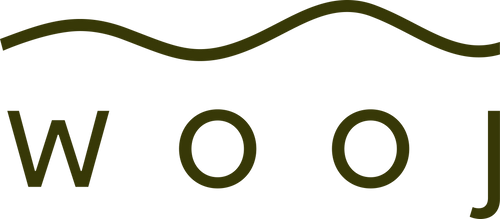Materials
In addition to trying to be more sustainable in the processes we use to manufacture, we also want to use materials that allow us to do that as much as possible - starting with the filament in our printers, which is made from recycled plastic as opposed to virgin material.
Our 3D printed products are made using a combination of PLA and PETG plastic filaments.
PLA (Polylactic acid)
- Derived from a variety of renewable sources, like cornstarch, sugar cane, or cassava. Ours is corn based, meaning that it’s biodegradable in addition to being recycled already.
- Uses 65% less energy than the production of traditional virgin plastic
- Environmentally friendly when disposed of via composting, incineration, or recycling
- Can be combined with wood, metal, or even scented substances like coffee to create some really unique prints!
PETG (Polyethylene terephthalate glycol)
- Can be recycled using a chemical process and breaking it down into its original form, and is therefore quite environmentally friendly - however; if you throw it out, PETG would take years to decompose.
- The glycol in PETG (as opposed to PET) allows for less overheating and clouding, and therefore more control in prints
- Food safe
- Fully recyclable
Manufacturing
At Wooj, 3D printing is the basis for all of our designs - it lets us go from idea to physical product in a matter of hours instead of weeks, and eliminates the need for mass production or factories. All of our products are made in house: printed, assembled, and shipped from our studio in Brooklyn, NY.
3D printing
3D printing falls into the category of additive manufacturing - this means that instead of subtracting materials as we build (e.g. building a chair out of wood, cutting the wood, putting it together, having leftover pieces) or using an injection mold, we precisely deposit the filament we print with into exactly the object we want.
The type of 3D printing we do is called FDM - Fuse Deposition Modeling. Picture a glue gun that you squeeze continuously (and really evenly!) around in layers to build an object. Fun fact: this was invented in the late 80s, but the patent on it expired, so a whole community of people developed around it to create an open source technology, allowing anyone to access it. This meant that over the course of around 10 years, we went from a flammable, dangerous, extremely expensive machine to having a viable way to produce products, and access to whoever wanted it.
How it impacts production
One of the coolest things about using 3D printing is the ability to take a design from concept to product almost instantly. We can immediately see a design tangibly, which also lets us get it to you exponentially faster, and implement changes and feedback as we get it.
So what does this mean for production? Producing via injection molding, which is the traditional method, is extremely expensive! The molds need to be ordered in bulk, and are built for mass production, meaning there are a lot of expenses to recoup, and the barrier to entry is much higher. In our case, this means we’d spend a lot more up front, and likely have to charge a lot more for each product. We also wouldn’t get to experiment as much with our designs, and produce things with such a quick turnaround! Using 3D printing allows us to go from design → product in your home in a matter of weeks, instead of a matter of months or even years. Since we make everything in house, there’s no waiting for samples, or re-ordering of molds.
We also make sure that our designs actually warrant and make use of 3D printing - both functionally and aesthetically.
Our design process
You’ll notice that our products aren’t totally smooth to the touch, and this is for a few reasons!
One of them is accessibility: we print our products with thicker layers, because although thinner layers would mean a smoother surface, it would take much longer require us to price things at a much less friendly price point.
We also want to make sure that visually, we’re using 3D printing fully to our advantage, creating something that highlights and makes use of everything 3D printing can do (infinite shape options, strength, lightweight quality), rather than creating designs that try to hide the filament lines, or ideally would be made of something else. We like how the filament looks, and think it gives the lamps character and textural interest.
The bigger waves that shape our Wavy Lamp, for example, serve a few purposes – they’re both aesthetically pleasing, and structurally advantageous. This makes for a stronger, more durable product, without the extra time and material involved in printing additional layers.


